Abstract
Adolescents with Type 1 diabetes mellitus (T1DM) are at risk for hyperfiltration and elevated urinary albumin-to-creatinine ratio (ACR), which are early indicators of diabetic nephropathy. Adolescents with T1DM also develop early changes in blood pressure, cardiovascular structure, and function. Our aims were to define the relationships between hyperfiltration, ACR, and 24-h ambulatory blood pressure over time in adolescents with T1DM. Normotensive, normoalbuminuric adolescents (n = 98) with T1DM underwent baseline and 2-yr 24-h ambulatory blood pressure monitoring, glomerular filtration rate (eGFR) estimated by cystatin C (Larsson equation), and ACR measurements. Linear regression models adjusted for diabetes duration, sex, and HbA1c were used to determine associations. Hyperfiltration (eGFR ≥ 133 ml/min) was present in 31% at baseline and 21% at 2-yr follow-up. Hyperfiltration was associated with greater odds of rapid GFR decline (>3 ml·min−1·yr−1) [OR: 5.33, 95%; CI: 1.87–15.17; P = 0.002] over 2 yr. Natural log of ACR at baseline was associated with greater odds of hyperfiltration (OR: 1.71, 95% CI: 1.00–2.92; P = 0.049) and 2-yr follow-up (OR: 2.14, 95%; CI: 1.09–4.19; P = 0.03). One SD increase in eGFR, but not ln ACR, at 2-yr follow-up conferred greater odds of nighttime nondipping pattern (OR: 1.96, 95% CI: 1.06–3.63; P = 0.03). Hyperfiltration was prevalent at baseline and at 2-yr follow-up, predicted rapid decline in GFR, and was related to ACR. Elevated GFR at 2-yr follow-up was associated with nighttime nondipping pattern. More work is needed to better understand early relationships between renal hemodynamic and systemic hemodynamic changes in adolescents with T1DM to reduce future cardiorenal complications.
Lovshin JA, Škrtić M, Bjornstad P, Moineddin R, Daneman D, Dunger D, Reich HN, Mahmud F, Scholey J, Cherney DZI, Sochett E
American Journal of Physiology – Renal Physiology
Published 2018
Research Project: AdDIT
Connect with us!
Subscribe to learn more about what we do, why it matters, and how you can get involved!




